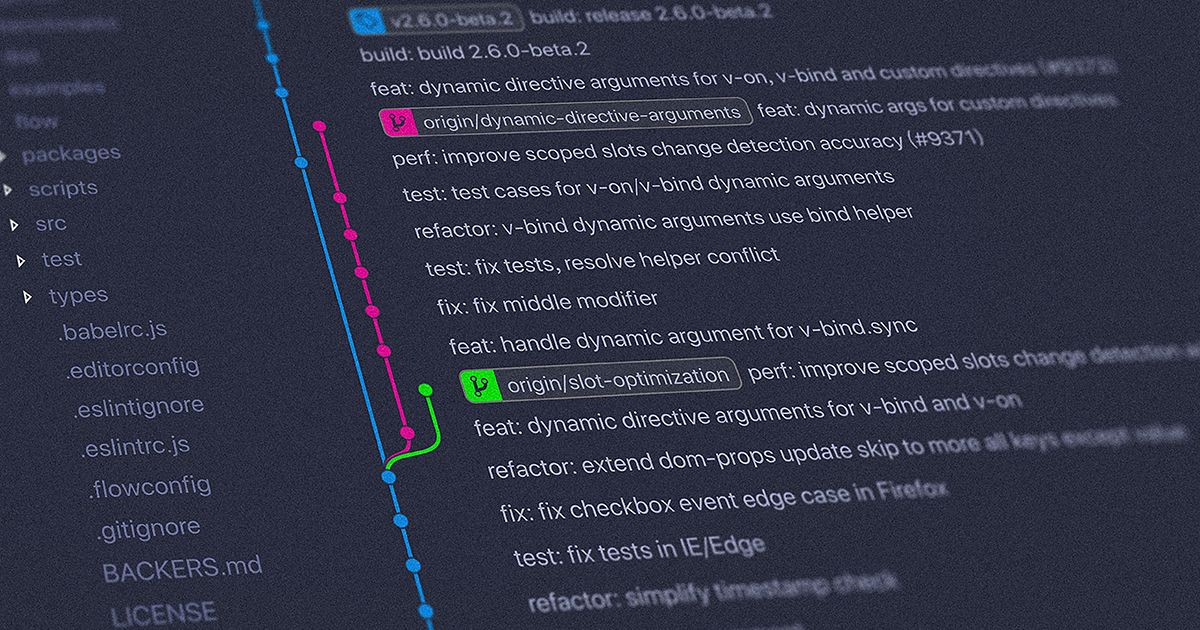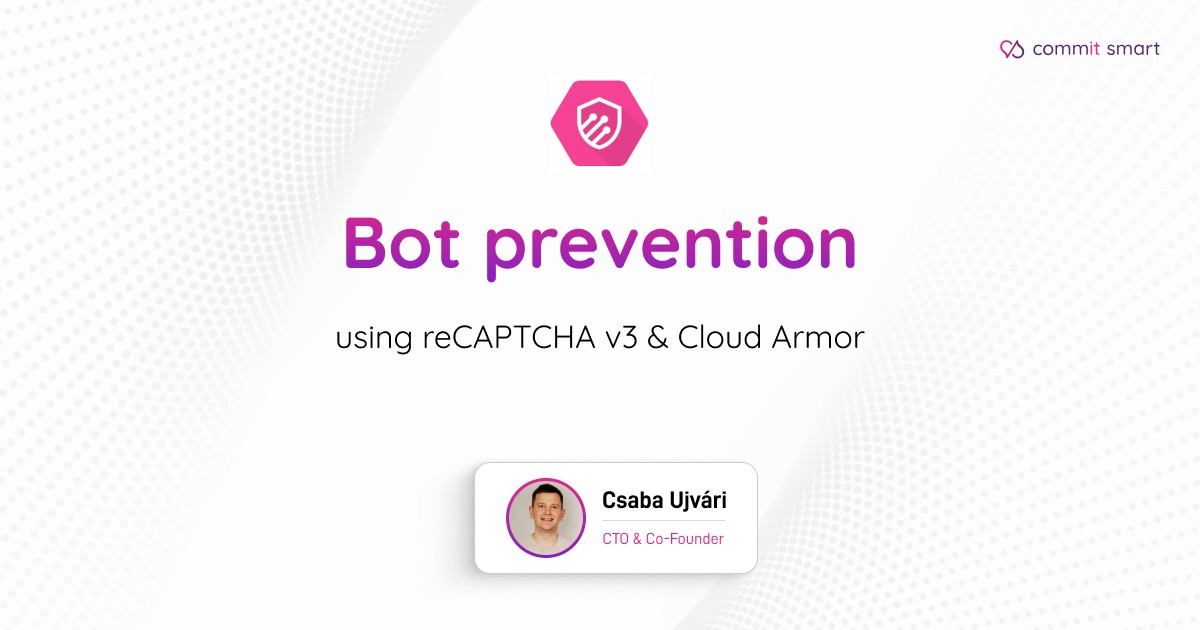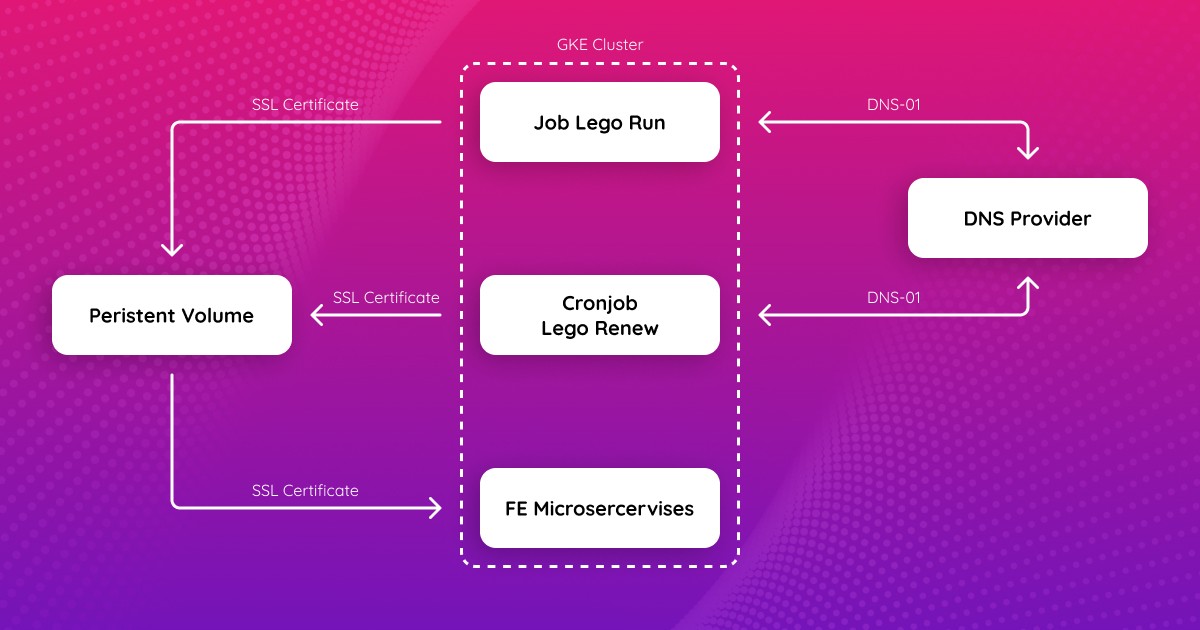No Code Pro / Contra
No-code has caused an unusual, disruptive revelation and changes in the tech space – especially coding. Are programmers and coding still relevant or not?
No-code has caused an unusual, disruptive revelation and changes in the tech space – especially coding. The convenience it offers comes at controversy as to whether programmers and coding are still relevant or not. This article will expose you to the world of no-code development while explaining the usage, advantages, and disadvantages that come along with no-code.
What is a no-code development platform?
A no-code code platform is a tool that generates a visual software development environment to assist users in dragging and dropping components of the product they want to build and merging them to develop a mobile or web application.
In a more typical software development process, developers pass through a series of code writing to create the functions and abilities they want. It requires experienced developers to invest lots of time in coding. Also, comprehensive knowledge of the current development setting and programming languages controlling the coding process is a prerequisite.
No-code platforms doing similar work by executing all of this work at the backend and providing every user on the platform with visual tools to build the application they need.
How to build an application without code?
If you’re unfamiliar with no-code, you may be surprised about why there is no code needed or the possibility of developing applications without actually coding. Besides, you may even wonder if this is possible then why are developers still needed?
Well, a no-code development platform is a user interface builder, where you can drag and drop an application together and immediately see how it will look on your smartphone, tablet, or desktop. Using visual models replaces the intricacy of coding, letting you comfortably manage your data. No-code platforms use declarative UI to describe what the user should see rather than how it should be laid out. This enables platform users to deliver similar experiences across multiple devices. So, no-code platforms can be used for basic development you normally need a developer for. However, there are always complex applications for which it is better to have experienced people working on them who also have specialized skills. But before we talk about this, let’s have a look at the advantages of no-code development.
The advantages of no-code
User-friendliness
No-code development is attractive because it is easy to use and enables non-developers to create and release applications. Whenever you build an application on a no-code platform, you are building it with code, but you don’t have to do any form of coding. No-code development is achieved through a drag-and-drop interface, developed visually with the pre-built modules; hence the development and delivery of an application are swift and handy.
Enhance your productivity
No-code also enables a wider workforce. Non-programmers can easily jump in to meet the demand for faster application delivery. Even though you are a business developer or marketer, you are now able to build a basic application.
Reduce your cost efforts
A fast delivery leads us to the next point – less costs. Depending on the solution you need, no-code can provide you with a way to avoid paying extra charges, taking away several of the overhead.
Adjust your features quickly
An issue of traditional development is that you cannot always easily change a function or feature, especially if you are talking about crucial features. With no-code, you can change anything. If you want to do so, you only have to implement new logic, and your adjustment will be available in a few hours.
Since there are two sides to every coin, let us now look at what disadvantages no-code has.
The disadvantages of no-code
You need a deep understanding
No-code platforms and corresponding limitations are always unique. Hence, you should initially determine whether their requirements properly fit within the constraints of a specific tool. Even then, these requirements will inherently change gradually, so the risk of these diverging from the platform’s evolving abilities is always available. This limitation also makes it difficult for scalability. A traditional developer can write scalable code, he can decide on the most suitable library and if there is none, he can write the required code on his own. So, he knows his stuff inside out, and therefore, he has the maximum amount of flexibility.
Fixed templates limit what you can develop
Drag and drop elements have the advantage that they are already given and you can easily click your elements together. On the other hand, you are limited to those fixed elements. Hence, you have a restriction in customizing your application in no-code platforms and it does not give you all the power and flexibility you might need. It may mean redesigning flows in your application to meet the capabilities of the no-code platform.
You can face security issues due to a lack of control
When developing code, you are aware that you can massively depend on it because you wrote and compiled it. By using no-code, you don’t have total control so you take a certain risk. This limitation may be an open invitation to security opposition because if your no-code platform gets hacked, it can instantly make your application and the user data vulnerable to certain risks.
Basic knowledge is recommended
No-code app platforms work by allowing users to put the interfaces together themselves. Hence, individuals with zero development expertise or expertise in interface design and usability can easily end up creating poor applications. Developers or agencies that are experts in their business can advise you due to their experiences and specialization. It is not always a bad idea to have an expert by your side. When you use no-code it is recommended to have a basic understanding of coding. Imagine you want to create a website with no-code. How does the website navigation work on a mobile device? A basic understanding of coding is then important to know how certain elements should behave on responsive.
Final Thoughts
Many organizations use no-code software development to increase their digital transformation and update legacy systems. The beauty of using this tech is that businesses can quickly develop basic applications and websites needed by clients, partners, and workers without having any professionals on board. Thus, it can provide short-term relief in times when developers are desperately sought after. However, the limitations of no-code software are worrying because while it is working well for basic things, complex and customized products would need a seasoned developer’s touch. Technology is moving so pretty fast forward (Artificial Intelligence, Blockchain Technology, etc.) so that is almost impossible to cover that with no-code development platforms. That is why experienced developers are always needed to cover the latest trends. Furthermore, it also is pivotal to consult an expert if no code or custom solutions are most suitable for your project. In any case, we are always happy to help you. Please feel free to contact us. Together we can discuss your product vision and if no-code or traditional development is the most suitable approach for you.
Author: Dániel Szegvári
















